Optimal Timing for Well Water Testing
Proper timing of well water testing is essential to ensure water safety and quality. Testing at optimal times can detect seasonal variations and prevent potential health risks. Regular testing helps identify contaminants such as bacteria, nitrates, and heavy metals that may fluctuate throughout the year.
Testing should be performed soon after a new well is drilled to establish baseline water quality and detect any immediate issues.
Conduct tests in spring and fall to monitor how seasonal variations affect water quality, especially after heavy rainfall or droughts.
Test before and after significant weather events like storms or floods to identify potential contamination sources.
Annual testing is recommended to ensure ongoing water safety and to detect emerging issues early.

A testing kit used for collecting samples and analyzing water quality.

Samples are sent to labs for detailed analysis of contaminants.
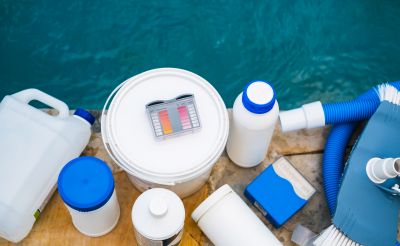
Proper collection techniques are critical for accurate results.
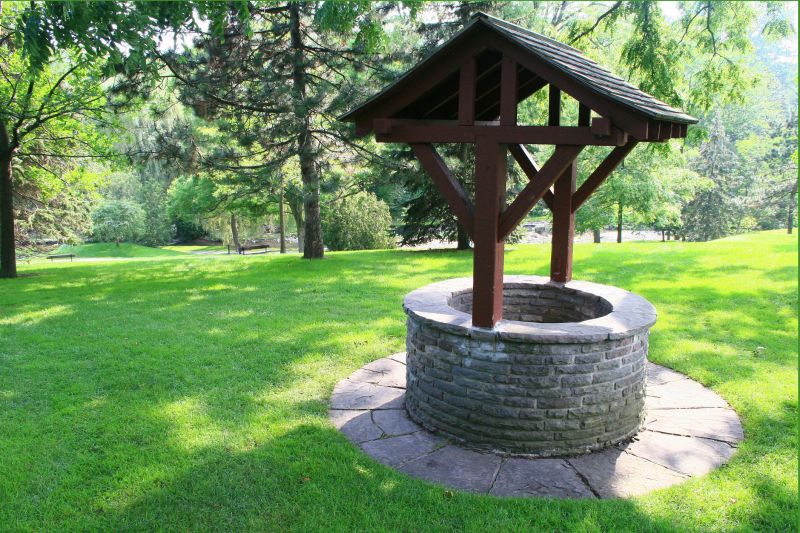
Monitoring water quality across different seasons helps identify fluctuations.
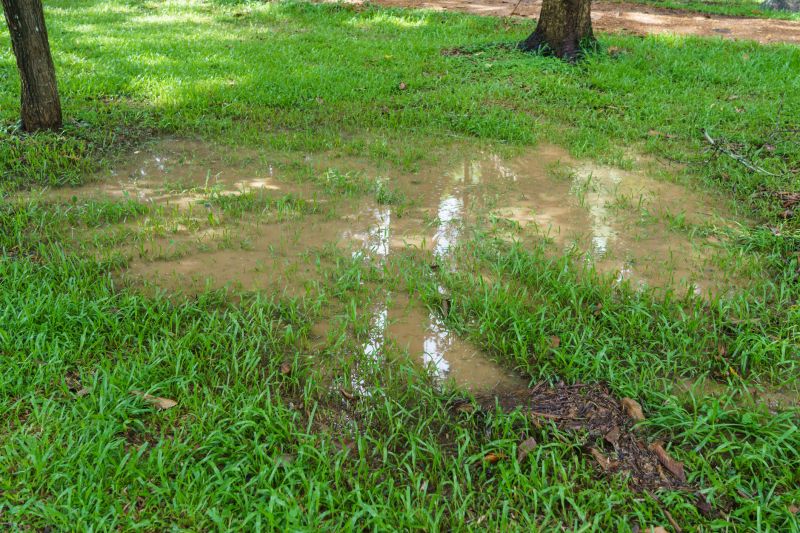
Assessing water after storms to detect potential runoff contamination.
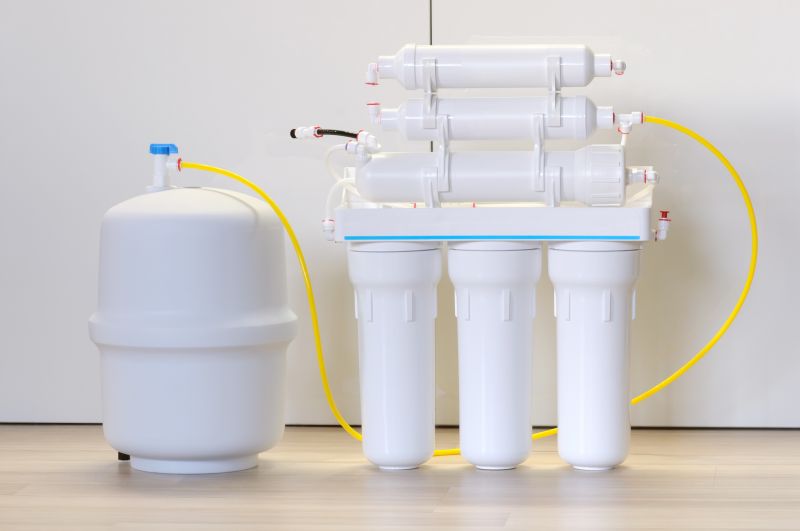
Annual testing ensures ongoing water safety.
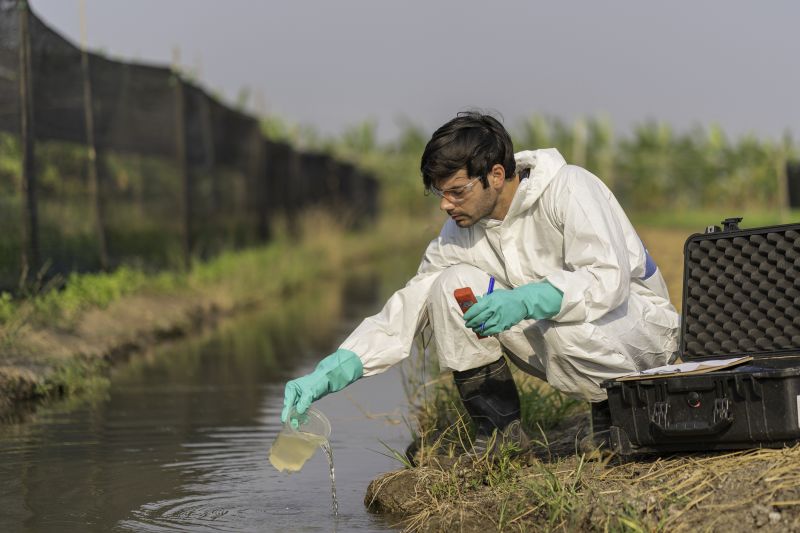
Results from laboratory analysis indicating contaminant levels.
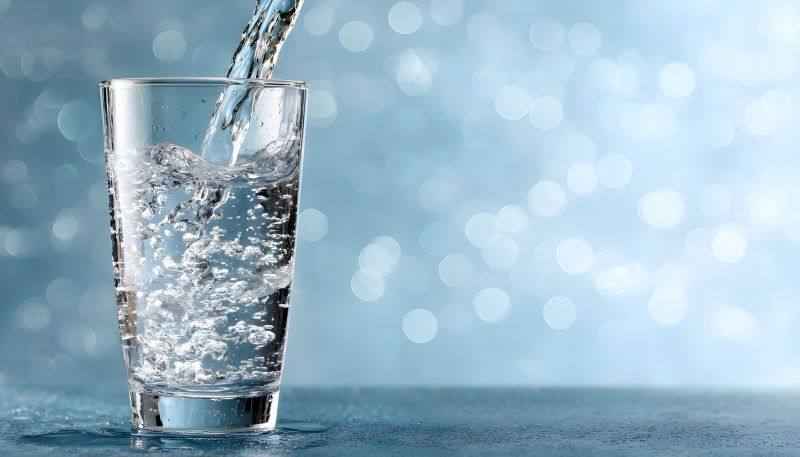
Clean, safe water suitable for household use.
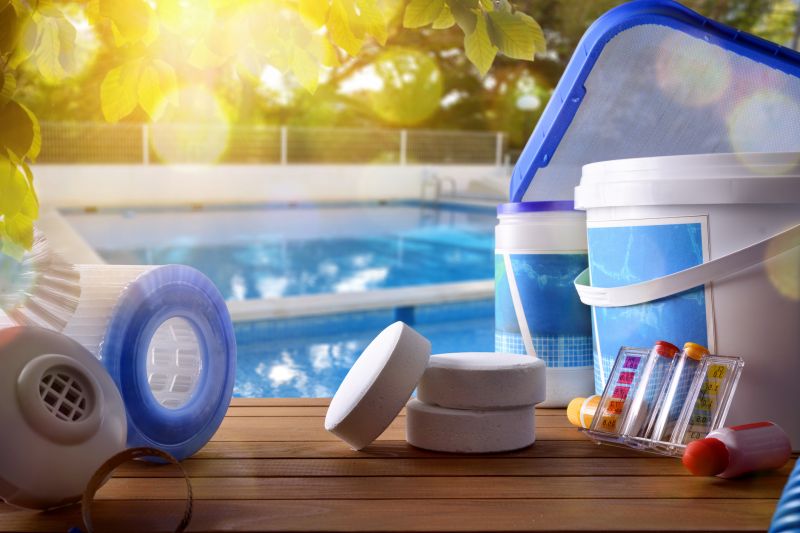
Sample showing presence of bacteria or chemicals.
| Timing Consideration | Recommended Testing Period |
|---|---|
| After Well Installation | Immediately after drilling |
| Seasonal Changes | Spring and fall |
| Weather Events | Before and after storms or floods |
| Routine Testing | Annually |
| Water Usage Changes | Before expanding water use |
Well water testing provides critical insights into water safety, helping homeowners and property owners identify potential health hazards. Regular testing can detect bacteria, nitrates, heavy metals, and other contaminants that may compromise water quality. Seasonal variations, weather events, and changes in water usage can influence contaminant levels, making timely testing essential for maintaining safe drinking water.
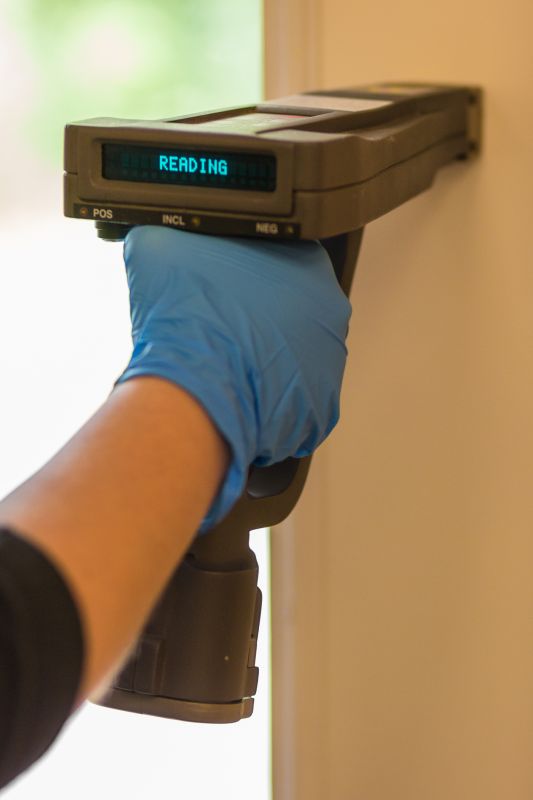
Tools used for analyzing water samples for contaminants.
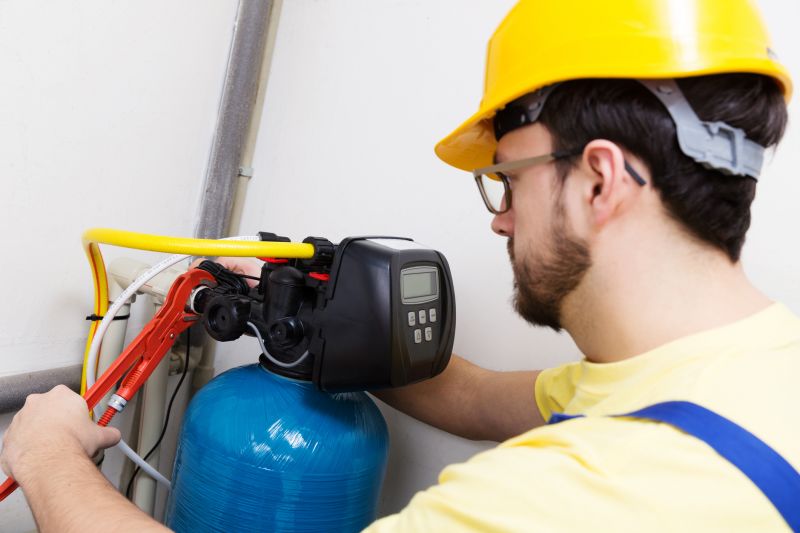
Professional conducting water quality assessments.
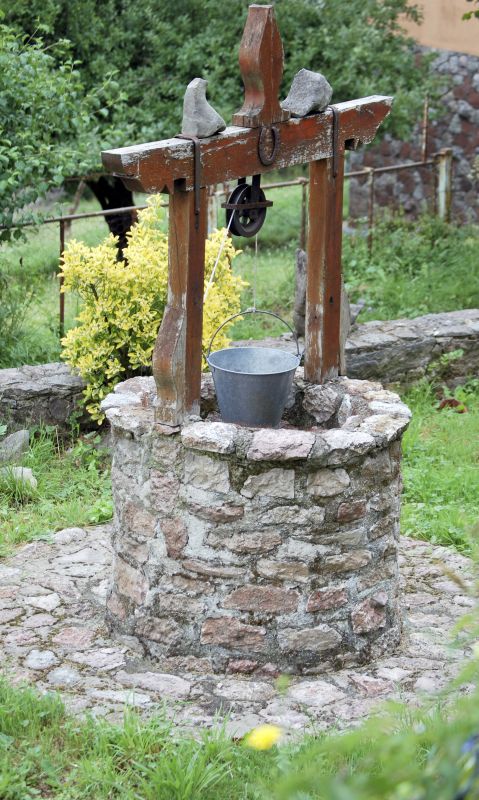
Proper procedures for collecting water samples.
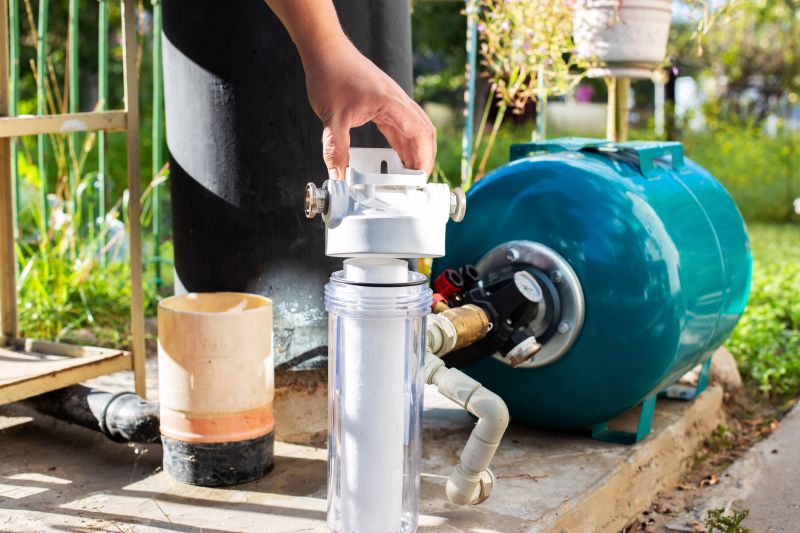
Continuous or periodic testing for ongoing safety.
If interested in scheduling well water testing or learning more about testing options, filling out the contact form provides a convenient way to connect with testing professionals. Regular testing helps ensure water remains safe and suitable for household use.



